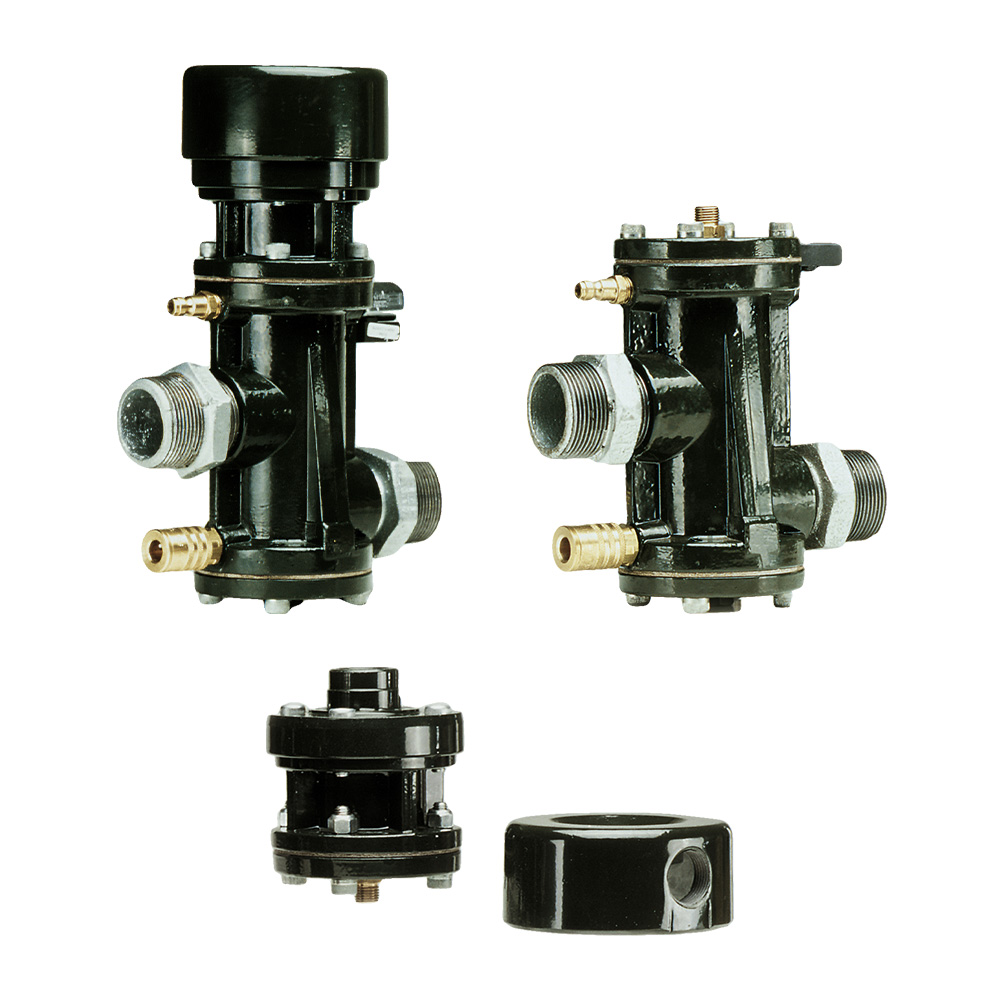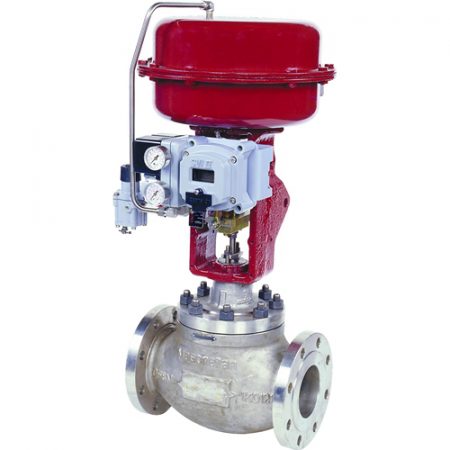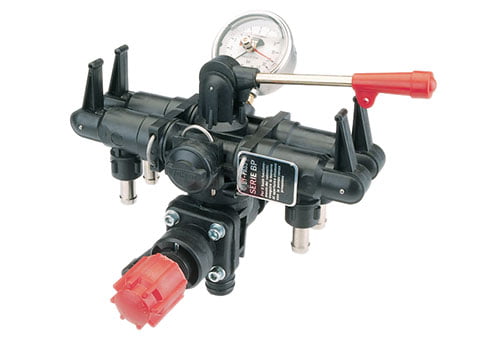Comprehending the Significance of Control Valves in Process Automation
Comprehending the Significance of Control Valves in Process Automation
Blog Article
Achieve Seamless Combination and Control With Top Quality Building Automation Controls
In the world of modern building management, the relevance of top quality structure automation controls can not be overemphasized. Embracing quality structure automation controls is not just an issue of comfort but a tactical necessary for companies aiming to optimize their centers' performance and sustainability.

Advancement of Building Automation Controls
Throughout the past couple of decades, the evolution of building automation controls has actually dramatically transformed the method buildings are handled and run. Initially, constructing automation systems mainly concentrated on fundamental features such as managing heating, ventilation, and air conditioning (A/C) systems. As innovation progressed, these controls have actually come to be extra innovative, enabling for a bigger range of building systems to be incorporated and managed centrally.
The development of developing automation controls has actually seen a change in the direction of more intelligent systems that can adapt to altering problems in real-time. This adaptability is important for maximizing energy effectiveness and making certain passenger convenience. In addition, modern-day structure automation controls currently supply features such as anticipating upkeep, remote surveillance, and data analytics, allowing center managers to make data-driven choices to improve structure performance.

Advantages of Quality Combination
The development in building automation manages in the direction of more smart systems has highlighted the considerable advantages of high quality combination in enhancing building procedures and improving overall performance. Quality assimilation of building automation controls uses several essential benefits. Firstly, it leads to enhanced power efficiency by permitting different systems to work with each other flawlessly, ensuring optimum performance and decreasing power wastage. Secondly, high quality integration boosts resident convenience and efficiency by enabling individualized control over ecological setups like temperature, air, and lighting top quality. This customization can cause an extra comfy and conducive working or living atmosphere. Furthermore, high quality combination streamlines upkeep and troubleshooting processes, as all systems are interconnected and can be checked and managed from a central interface. This centralized control also provides much better presence and insights into building performance, enabling aggressive maintenance and optimization techniques. On the whole, the benefits of quality integration in structure automation controls are indisputable, using increased performance, comfort, and functional effectiveness.
Improved Customer Experience and Access
Enhancing individual interaction with structure automation controls with user-friendly style and improved accessibility elevates the general experience for residents and facility supervisors alike. By focusing on customer experience, building automation systems can become extra easy to use and efficient. Intuitive interfaces, clear navigating, and adjustable settings equip users to engage with the controls conveniently and effectively.
Access functions play an important role in making certain that from this source all people, consisting of those with impairments, can make use of the building automation regulates with convenience. Including attributes such as voice commands, tactile buttons, and color-contrasted displays can improve ease of access and make the controls much more inclusive.
Additionally, improved customer experience brings about greater user complete satisfaction, enhanced performance, and far better decision-making. Passengers can adjust ecological settings according to their choices, while facility managers can successfully check and take care of building systems - control valves. On the whole, prioritizing customer experience and ease of access in building automation controls adds to a more efficient and smooth structure atmosphere for all stakeholders involved
Sustainable Practices With Automation

In addition, automation can promote the assimilation of renewable resource resources such as photovoltaic panels or wind turbines into building operations. By automatically adjusting energy usage based on the accessibility of eco-friendly energy, buildings can even more decrease their reliance on non-renewable sources. This smooth combination of lasting practices not just benefits the environment yet additionally enhances the overall operational effectiveness and cost-effectiveness of the structure. With automation, structures can align with modern sustainability objectives and add to a greener future.
Future Trends in Structure Control Systems
In anticipation of progressing and progressing modern technologies sustainability methods, the trajectory of structure control systems is positioned to welcome cutting-edge services and transformative techniques. One prominent fad forming the future of building control systems is the boosted assimilation of Expert system (AI) and artificial intelligence. These innovations make it possible for structures to adapt in real-time to transforming problems, enhancing that site energy intake and improving convenience for passengers. Furthermore, the Internet of Things (IoT) is transforming structure control systems by linking devices and sensing units to enhance and streamline operations effectiveness.
One more vital trend is the emphasis on cybersecurity actions to shield versus potential dangers to constructing automation systems. As buildings become a lot more interconnected, ensuring robust cybersecurity procedures will certainly be necessary to secure delicate data and avoid unauthorized gain access to.
In addition, the shift in the direction of cloud-based systems is gaining momentum, enabling for systematized control and remote access to structure systems. This facilitates simpler tracking, upkeep, and updates, enhancing the total efficiency and flexibility of building control systems. As innovation proceeds to advancement, these patterns are expected to shape the future landscape of building automation controls, driving development and sustainability in the built setting.
Final Thought
Future trends in structure control systems are most likely to focus on more enhancing automation abilities for improved power performance and total efficiency. It is crucial for building proprietors and drivers to prioritize the fostering of quality building automation regulates to maximize building operations and achieve long-term sustainability objectives.
In the realm of contemporary building monitoring, the significance of top quality structure automation controls can not be overemphasized. On the whole, the development of building automation controls proceeds to drive innovation in the structure monitoring industry, offering new opportunities for producing smarter and much more sustainable buildings.
The advancement in structure automation controls towards even more intelligent systems has underscored the considerable benefits of high quality combination in maximizing structure operations and boosting total efficiency. Generally, focusing on individual experience and ease of access in building automation controls contributes to a more productive and smooth building atmosphere for all stakeholders included.
It is crucial for building owners and drivers to prioritize the adoption of top quality click here to read structure automation manages to optimize building procedures and achieve lasting sustainability goals. - control valves
Report this page